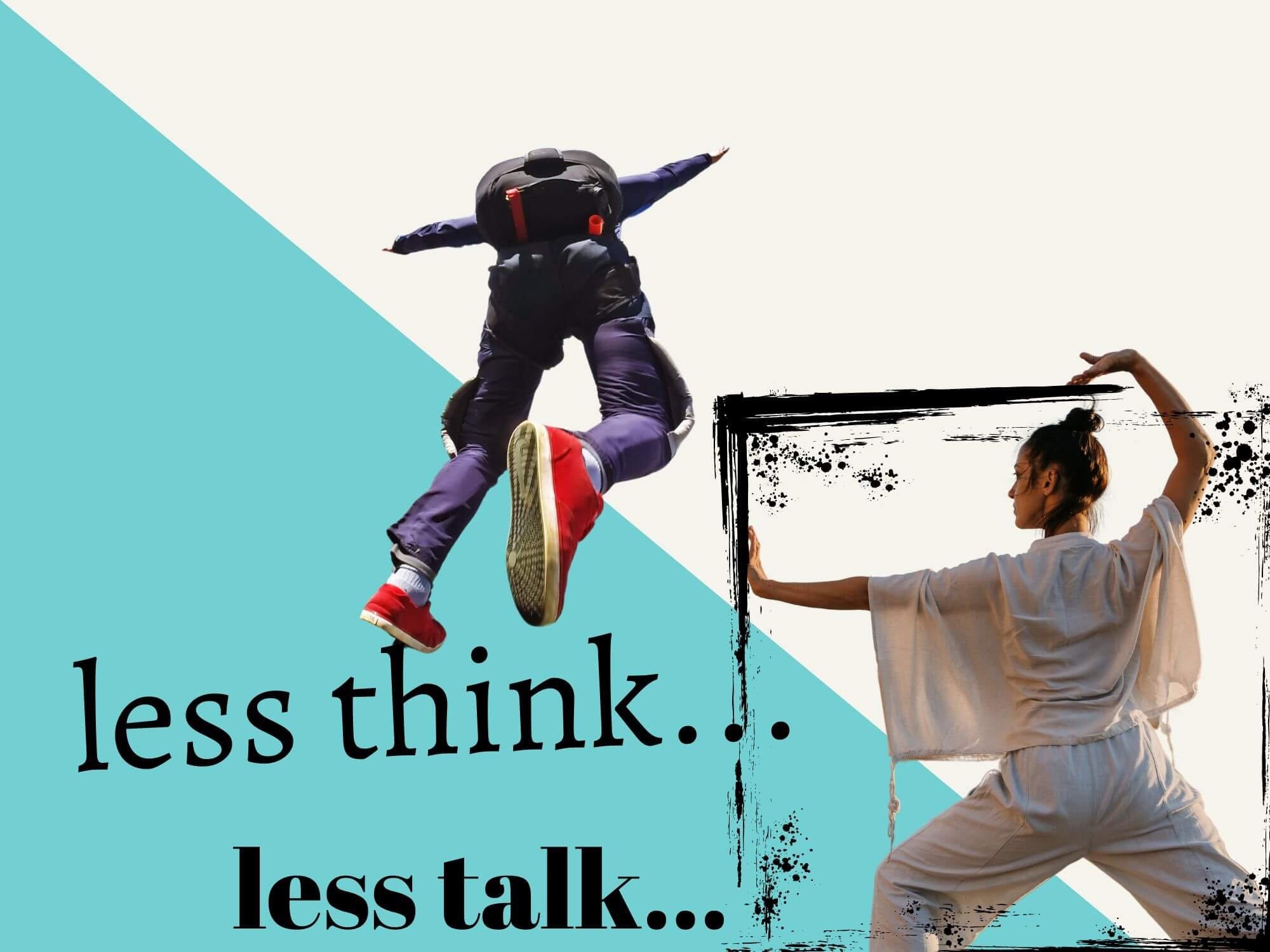Why Is It Important to Set Realistic Goals? (hint, it’s not)
I’ve been in quite the staring contest with this question for the past few days: why is it important to set realistic goals?
Well, I came up with my answer. It's not – this query needs some tweaking.
My main thesis in life is to go big, follow dreams and don’t let any perceived limitation of some reality turn into a wet blanket on your future life.
To do this though, we need the right strategy. We need the right mindset.
So, let’s get to it.
Table of Contents Show
Hey there, just a heads up that some of the links in this post may be affiliate links. That means I earn a small commission. This is at no extra cost to you, but helps me keep the lights on. Thank you for your support!
What Are “Realistic” Goals? (goals vs. checkpoints)
I love a good pipedream.
But my big ideas always lacked something…patience, strategy and discipline. My goals weren’t the problem, it was me and my approach.
Still, what are “realistic” goals?
Realistic goals are objectives that have a high likelihood of being met. They tend to have less obstacles, greater support and/or lower friction.
This is fine. But I prefer a good adventure (don’t you?). That’s why I like to reframe goals as checkpoints.
Realistic checkpoints are feasible milestones you can work towards. They’re strategic stepping stones that make bigger, sometimes “unrealistic” sounding goals more achievable.
Checkpoints make “unrealistic” goals possible.
They make them realistic.
Reasons to Set Checkpoints (not goals)
Checkpoints are better than goals.
Here’s why:
It’s less stressful (checkpoints are smaller and easier to reach)
It’s strategic (checkpoints break down bigger goals into smaller ones)
It’s more measurable (checkpoints and micro tasks are easier to track)
Clearer focus and direction (checkpoints create a personal roadmap to follow)
More motivating (checking off mini milestones feels good and is motivating)
More adaptable (checkpoints give you time to react, pivot and stay agile)
More sustainable (small actions are realistic and small actions add up to big change)
There are no finish lines, really (meeting one goal always leads to another)
How to Set Realistic Checkpoints (4 steps)
Now onto the good stuff.
Here are four simple steps for turning big goals into realistic checkpoints.
1. Clearly Define Your Big Goal
Before defining our checkpoints, we need to define our endpoint.
So, what’s your dream? In an ideal situation, where do you see yourself in 1 year?
How about in 5? (10?)
Dial in on a core goal or dream of yours and write it down (physically or digitally).
Of course, you may end up with more than one goal – which is cool – but just have a separate sheet for each one.
It also helps to take things a few steps further by writing out your motivations and reasons for pursuing your goal.
Maybe it’s attached to some personal values or maybe it’s just pure intuition.
Whatever the case, don’t be afraid to be totally honest with yourself – don’t be afraid to go big.
Life is awesome and opportunities abound. So let’s crush it.
2. Work Backwards
Working backwards is a great way to unpack complex things into simpler components.
It’s an exercise in reverse thinking and a powerful mental model. And what are checkpoints but simpler components to a complex goal?
So here’s a simple way to work backwards and reverse engineer goals:
Identify the specific micro goals required for your big goal
Identify the nano goals required for each micro goal
Your nano goals become your daily tasks.
These smaller actions accumulate, helping you reach individual micro goals and checkpoints.
Do this long enough and you’ll be inching closer and closer to your macro goal.
3. Create A Daily Workflow
Workflows add structure to everything.
They’re a way to systematize your nano tasks, micro checkpoints and macro goals.
I like to timebox my days like this:
Mornings → creative time
I write, research and do design stuff
Afternoons → work work time
I do client work and other non-creative tasks
Evenings → back to creative time
I focus on songwriting, music production and film stuff
This is my basic workflow everyday.
It matches my typical mood and blocks my schedule so I can focus on specific tasks depending on the time of day.
But I also keep things open for change.
Because life is always in flux and my lifestyle may change, requiring a new schedule (especially if I’m traveling).
4. Stay Organized + Track Your Progress
I use Todoist to organize and manage my daily tasks.
Staying organized is both a snowball effect and a feedback loop.
Organizing your stuff leads to better tracking and more productivity, which leads to results and motivation, which leads to continued organization.
Tracking and organizing your goals adds data and intention to everything you’re doing.
With a clearer view of what you’ve done (and what still needs to be done), you can better optimize your time and efforts.
This is goal productivity.
Currently, I stay organized and track all my stuff in a few key ways:
I use Google Docs (for my blog stuff)
I have a doc organizing my upcoming keywords, topics and tasks
I have a separate doc for all of my completed tasks and topics
I use Todoist to track my day-to-day tasks
This is just my basic to-do list (I use it during busier periods in life)
I manage the details of my main creative projects using Notion
For example, I’m planning an upcoming Japan travel video, script and scenes
I use Milanote to create mind maps for visualizing certain projects or workflows
This is helpful for when I need a little extra clarity (I’m a visual learner)
I use Google Search Console to track my blog traffic and other KPIs
Tracking your progress means zooming out every once in a while.
You’d be surprised at how much 10 minutes here, 20 minutes there adds up over the course of a year.
Final Thoughts (on mindset matters…)
The steps above and their success hinge on your mindset.
There’s a quote by Henry Ford I like to remember for this:
“Whether you think you can or you think you can’t, you’re right.”
Belief in yourself and your dreams is more important than hatching any sort of perfect plan.
I mean, don’t get me wrong, planning helps (a lot). But everything starts and ends with your mindset.
It’s a whole lifestyle thing.
Want More? Check Out These Sweet Reads!









